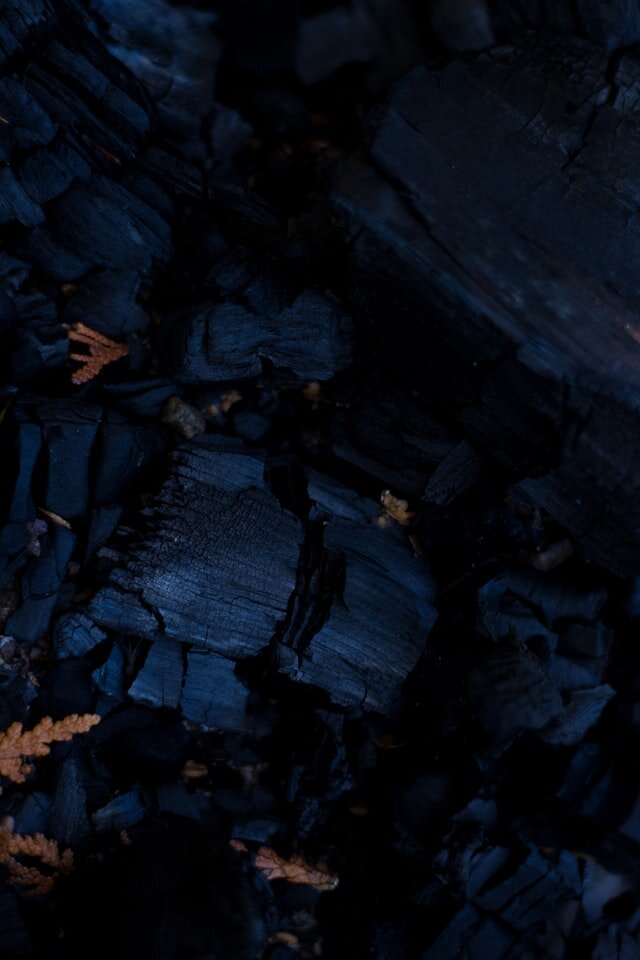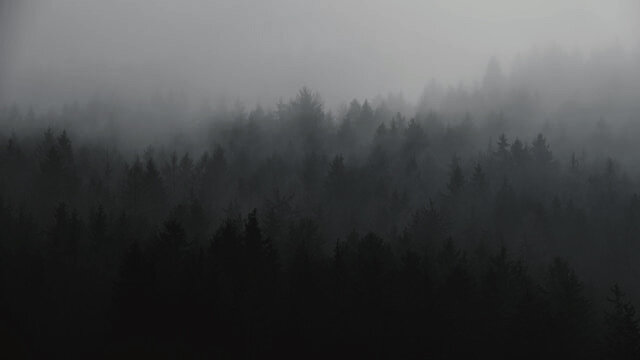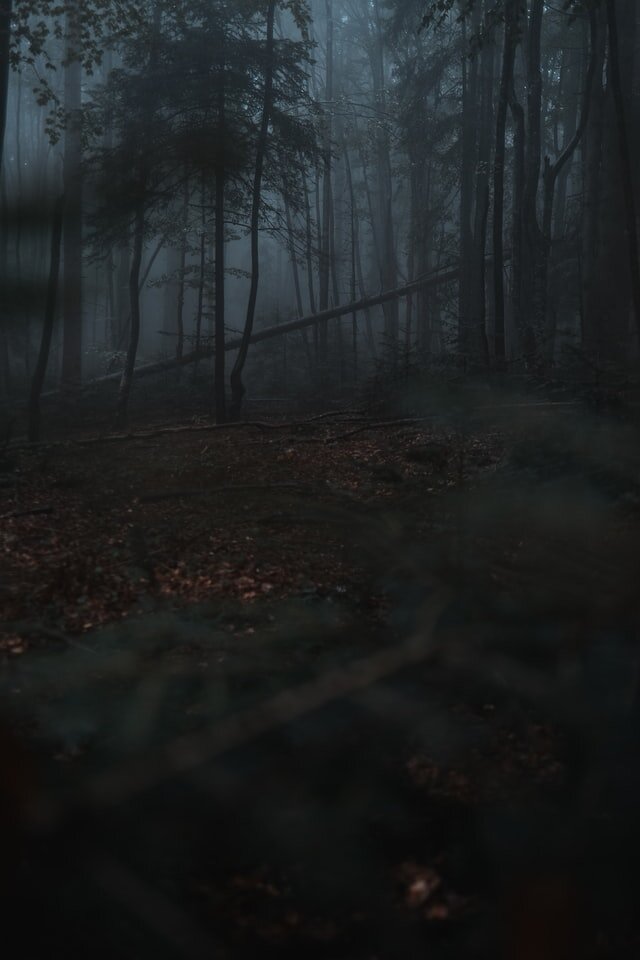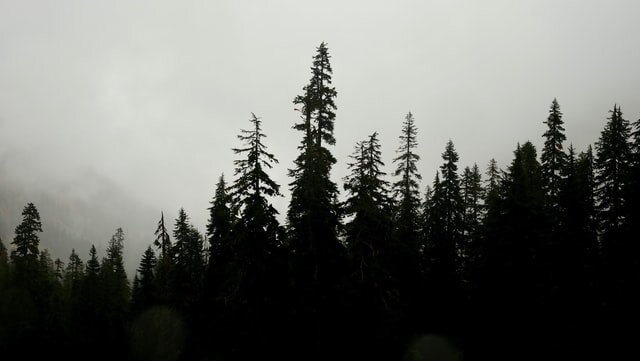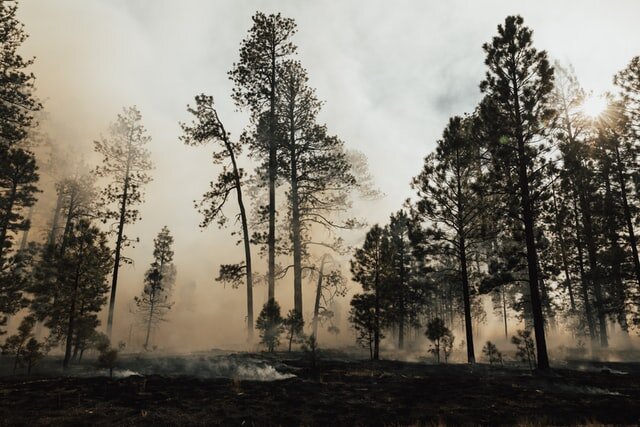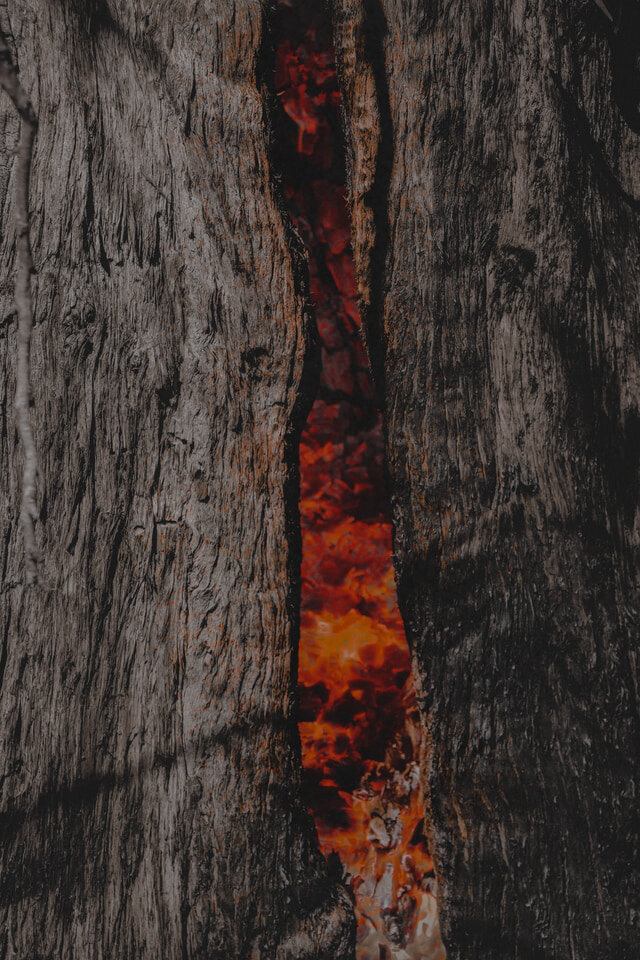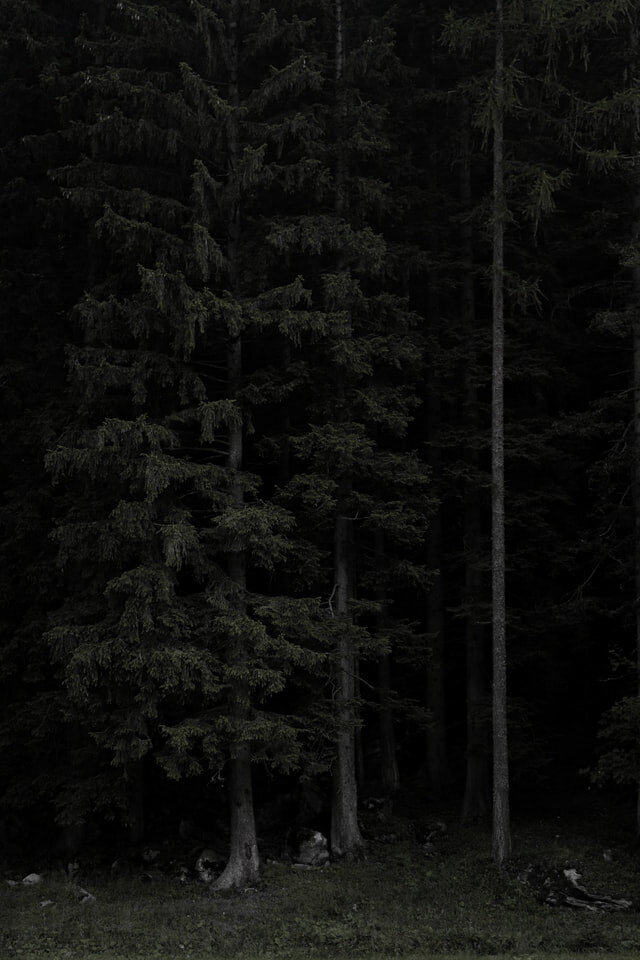art & design © snoodls
masterlist entry | spreadsheet | player profile
Current GP: 155
4575 | Pitch
Pitch (English; from Old English picche) - a resin obtained from conifers
.
origin trespasser . nature scathing . boundary Carolina sandhills . size striking
.
nature features
charred pine (Pinus palustris), pine-barren gentian (Gentiana autumnalis)
elemental lightning
original form red-cockaded woodpecker (Leuconotopicus borealis)
transformed by tbd
.
character design & masterlist art © Snoodls
available as a creator | all art & writing welcome | may be freely used in others’ stories
scathing | volatile | defiant | wild
Pitch is the result of a destroyed, destabilized, and disrupted environment. His forest, which today spans only 1% of its original range, has for hundreds of years suffered some of the most devastating effects of human encroachment. This history of decline surrounding him and the ghost of the biodiverse richness that once was is all he can feel and it manifests as a wild, untamable anger.
The deep sense of loss he has inherited from his boundary bursts forth as extreme volatility. His actions are dictated by a searing desperation and heartbreak he only knows how to express as aggression. In some ways this is beneficial to his environment, as his lightning, lashing out fiercely, will easily provide the wildfires it depends on, but unfortunately in the end it seems only to hinder the progress that many humans in the area are fighting to make in repairing and maintaining what remains of this ecosystem. This cycle of disequilibrium for Pitch seems unending.
Restless, he is prone to leaving the sandy slopes and tall pines of his boundary, driven by an agitated energy that prevents him from calm. He does not sleep or rest, and allows nothing to stand his way - objects, people, others of his kind. He is highly volatile and will lash out to anything that approaches him, typically with warning snaps and sparks of lightning, or by charging them while electrifying the air. While he cannot physically hurt anyone, he is not exactly pleasant to be around. Offers of kindness or attempts to reach him are set to fail before they begin. He is extremely defiant, and, particularly in his boundary, is highly reactive and aggressive.
There are, however, exceptionally rare moments of calm for him, though he is incapable of remembering them; after a forest fire, when the ash settles and the wind gently cools the sands, there is hope. The trees heave a sigh of relief, their seeds yawning slowly to life below. There is deep peace for him here, stillness, rest, relief. His gentians seem a deeper shade of blue and lift their usually-bowed faces toward the sky. Though this respite is short lived, all-too-quickly replaced by grief which turns the tides swiftly back to scorn. All traces of the peaceful, hopeful moment disappear from his memory, as if it never happened at all.
Perhaps there, in that fleeting calm, he can be reached, pulled from the cycle - but it is hard to say, none have tried.
Fires & Forests
The Carolina sandhills are made of dunes and wind-blown sand sheets upon which xeric vegetation and pine forests have grown. This ecosystem is dependent upon cycles of low intensity fires for maintenance. The longleaf pines that make up the forest and pine-barren gentians that line its floor rely on the fire for removing competitive species, clearing the ground, and providing nutrients for their propagation. Fire suppression as well as logging have put this delicate pine habitat and all of its inhabitants in a precarious situation.
”In the nineteenth century, naval stores (i.e., tar, pitch, turpentine, and rosin) were highly sought after by boat builders. Also, in the late nineteenth century, longleaf pine, because of its great strength, was among the most sought after timber in the country. Longleaf pine lumber was shipped all over the world for use in building bridges, factories, and wharves. Thousands of heartwood crossties were made from longleaf pine and used by railroads throughout the country. In harvesting the trees, loggers left mounds of flammable debris that frequently fueled catastrophic firestorms, destroying both the remaining trees and seedlings. The bare, exposed earth left behind by clear-cutting operations was highly susceptible to erosion, and nutrients were washed from the already porous soils, thus further hampering the natural seeding process. At the peak of the timber cutting in the 1890s and the first decade of the new century, the longleaf pine forests were providing millions of board feet of lumber each year. The timber sawyers gradually moved across the South; and by the 1920s, most of the “limitless” virgin longleaf pine forests were gone. The wildlife accustomed to the open longleaf pine/wiregrass ecosystem -- wild turkeys, fox squirrels, bobwhite quail, and RCWs -- virtually disappeared, replaced by the inhabitants of denser pine forests. The intricate interplay of life adapted to the longleaf pine ecosystem was interrupted.”
”In an attempt to protect the remaining longleaf pines forests and encourage their regeneration, turnof-the-century foresters made a classic mistake: they condemned the frequent, natural fires and turned instead to a policy of fire suppression.”
“The longleaf pine/wiregrass ecosystem and the associated flora and fauna are diminishing across the southeastern United States. The longleaf pine/wiregrass ecosystem, the characteristic habitat of Carolina Sandhills NWR, once covered approximately 90 million acres in the southeast. This unique ecosystem, shaped by thousands of years of natural fires that burned through every 2 to 4 years, has been reduced to fewer than two million acres, representing a 97 percent decline in this ecosystem”
”Today, more than 30 plant and animal species associated with longleaf pine ecosystems, including the RCW, are listed as threatened or endangered.”
”Increased air quality standards and population density in the wildland urban interface threaten the ability to apply prescribed fire on the landscape.”
”thousands of acres of wildlife habitat are lost each year to accommodate the expanding human population”
”Studies indicate climate change could cause significant changes in South Carolina's forests: Dieback of forests in 30 to 80 years. Even modest warming could cause significant changes, but a CO2-induced warming poses the additional threat of occurring so quickly that forests would not be able to adjust in time.”
(Quotes from: Askins, A.H. 2010, Carolina Sandhills National Wildlife Refuge Comprehensive Conservation Plan: US Department of the Interior Fish and Wildlife Service Southeast Region)
We are born from fire.
And reborn. And reborn.
Again and again.
By flame. By spark by scorch by wind.
By thundering skies reaching down.
Our ashes gently fall and we are born anew.
And reborn. And reborn.
Impressions
Pitch’s presence radiates tension and danger. The air is electrified around him, carrying the feeling that comes before a lightning strike, where your hair stands on end, your limbs and bones tingle, and the taste in your mouth is metallic. His vibration is loud and crackles like arcing power lines. He takes no pains to conceal himself.
His lightning elemental is always present whenever he is somewhere that permits him enough strength to manifest it. Sometimes it consists of only small sparks crackling in the air around him, flickering in warning teases around others that may be nearby, while at other times it spans a wide area with thick bursts, striking whatever is within reach, and occasionally leading to starting fires.
Pitch frequently wanders from his boundary, spurred on by restless energy that has no way out. The weight of his boundary’s tether when he is away can cause him to be particularly agitated and volatile, but he is usually too contrarian to yield to its pull.
His rare visits to the conservatory are only to cause disruption. Though he cannot harm anyone, he can be a headache to deal with; he will tear through serene settings and pleasant gatherings in an attempt to interrupt and daunt others.
Relationships & Stories
Relationships
Pitch has no interest in friendship, companionship, or even forming alliances with others. He is averse to company and extremely reactive, particularly when his boundary is encroached upon.
Origins & Stories
Pitch’s original form was a red-cockaded woodpecker, a threatened species endemic to the southeastern United States. It is reliant on fire-dependent pine savannas, and seems to especially prefer longleaf pines. These woodpeckers nest exclusively in living pine trees and play important roles in their ecosystem.
The patch of forest Pitch lived on as a woodpecker was destroyed, casting him astray. After much flying, he found a new area of longleaf pine forest to nest in, but having gone without food for so long he became weak and unable to secure food or produce a cavity to nest in.
Transformations
Pitch’s transformations are done out of negative energy, sometimes to rid his boundary or path of something he does not like, and at other times out of scorn and bitterness. He is unsympathetic to the lost, and quickly abandons any esk he transforms.
Gallery
Click images to view fully. Much of this artwork is not mine but has been gifted or commissioned. Credits and links to these wonderful artists’ profiles are listed - on desktop, hover over the image; on mobile, you will have to hit the white circle in the bottom right corner (I am working on trying to find a different solution to the latter.)




